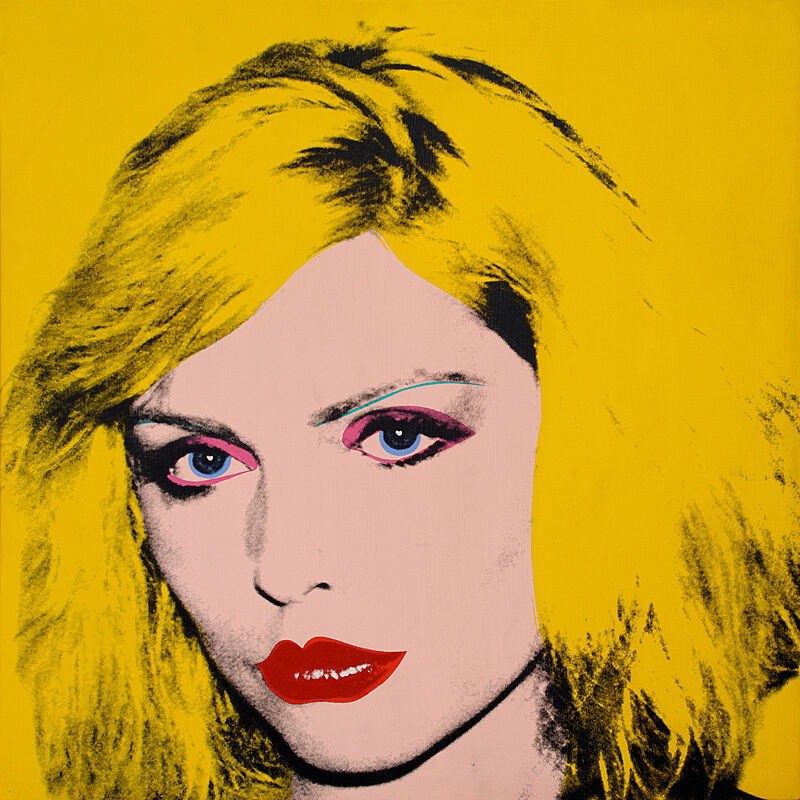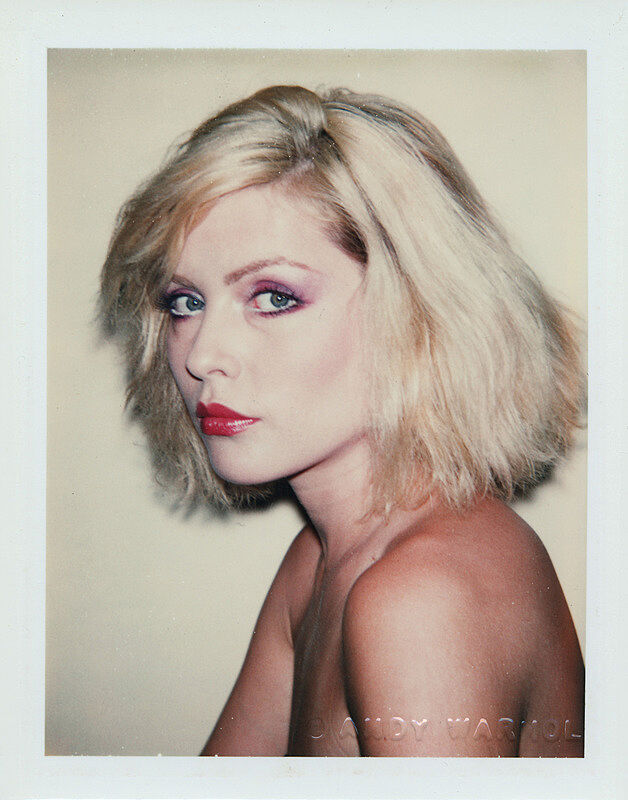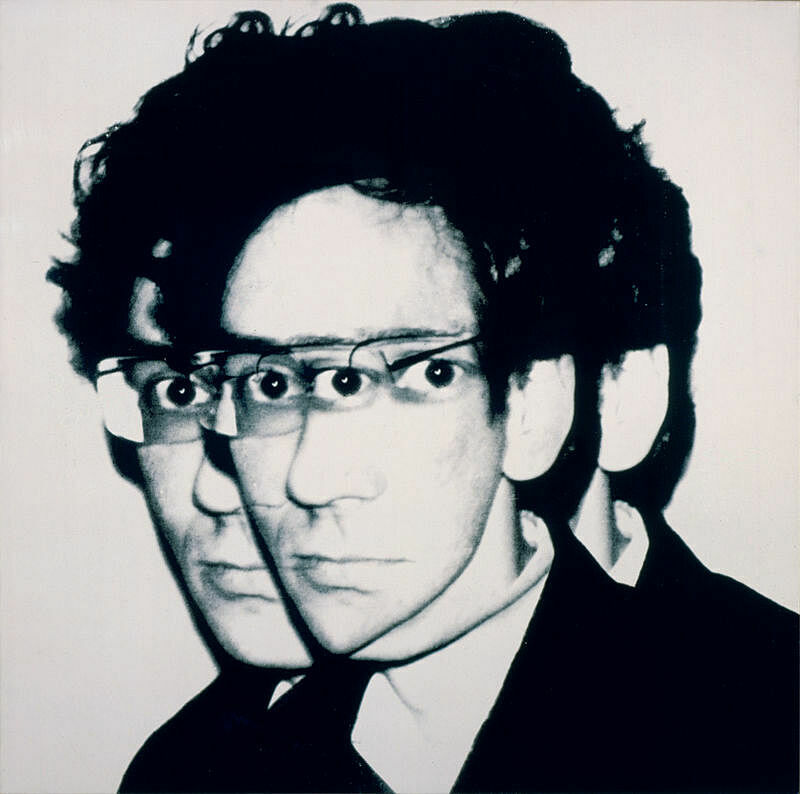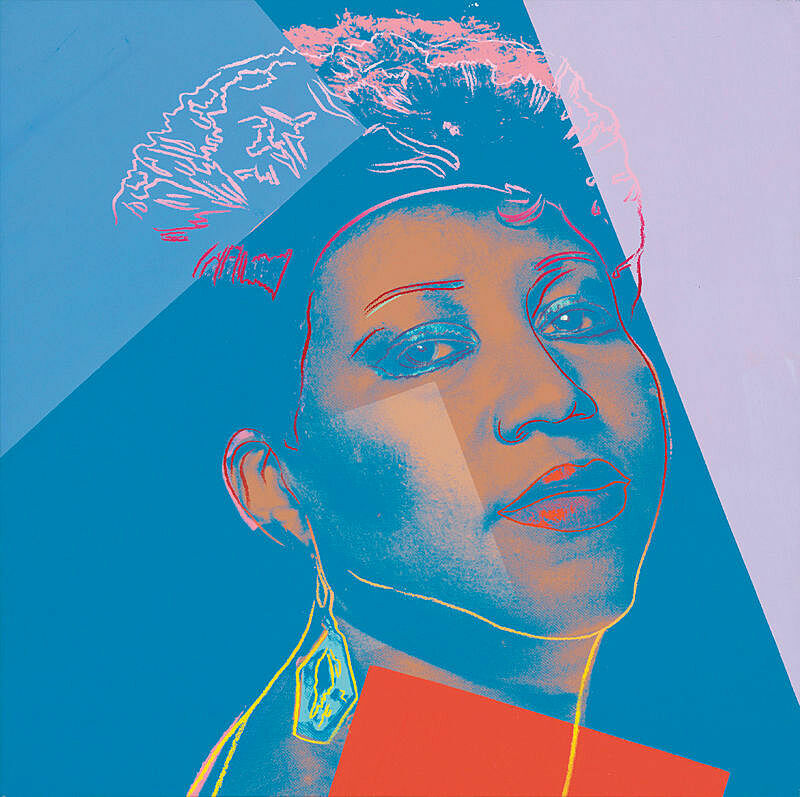Andy Warhol— From A to B and Back Again | Art & Artists
Nov 12, 2018–Mar 31, 2019
Andy Warhol— From A to B and Back Again | Art & Artists
Portraits
16
From 1968 to 1987, Warhol received hundreds of portrait commissions from business moguls, art collectors, socialites, fashion designers, models, royals, and celebrities of all kinds. His own public recognition gave Warhol access to those who sought the cachet of having their portraits painted by him, and with these works he brought renewed attention to the tradition of portraiture in the avant-garde art world.
“I always try to make the person look good. It's easier if you give somebody something back that looks like them.”
For most of these paintings, he used a streamlined production method, taking photographs himself with a Polaroid camera and then using the resulting images for the silkscreen. Warhol usually made extra panels of each portrait and kept them for himself. He envisioned someday combining these works into what he called a “portrait of society,” a massive visual index representing a Who’s Who of Warhol’s circle and beyond.
Debbie Harry, 1980
Commissioned portraits, which he referred to as “business art,” provided Warhol with a steady means of funding not just his less commercially successful work but all of the wide-ranging projects that fell under the aegis of Andy Warhol Enterprises: film production, music, television, plays, and publishing. Warhol also frequently made portraits as gifts or in exchange for furniture, jewelry, antiques, or art.
-
-
-
-
Hear artist Peter Halley on Warhol creating his portrait
0:00
Hear artist Peter Halley on Warhol creating his portrait
0:00
-
Related works 16
Related artworks
From the Collection




